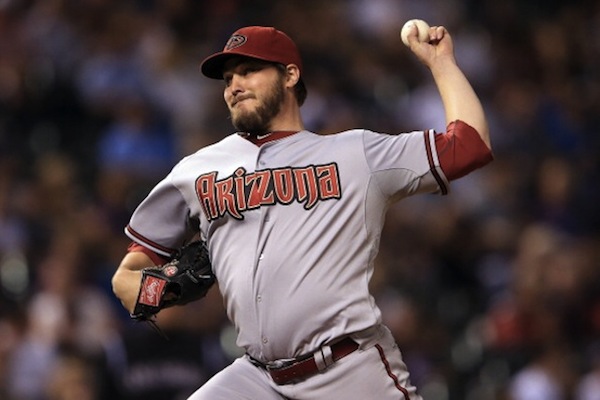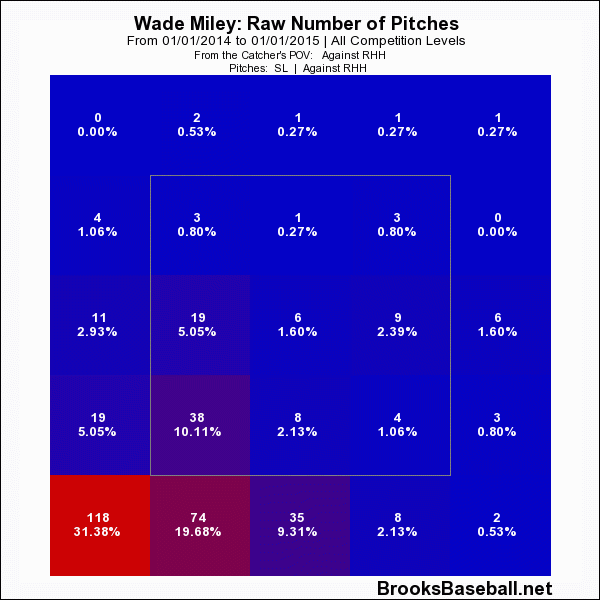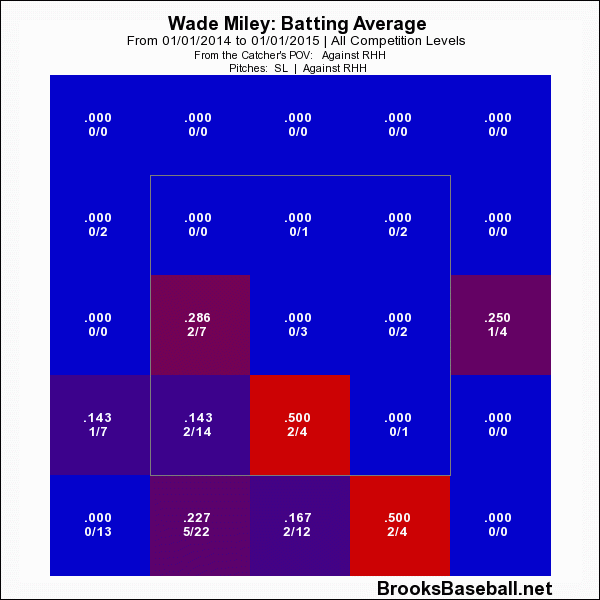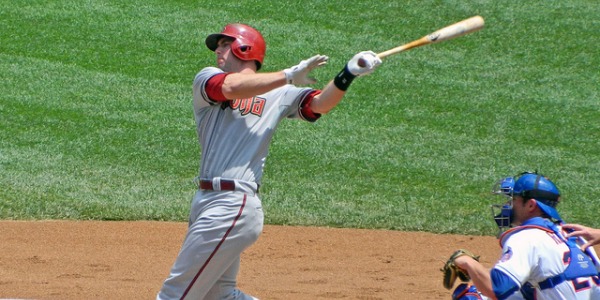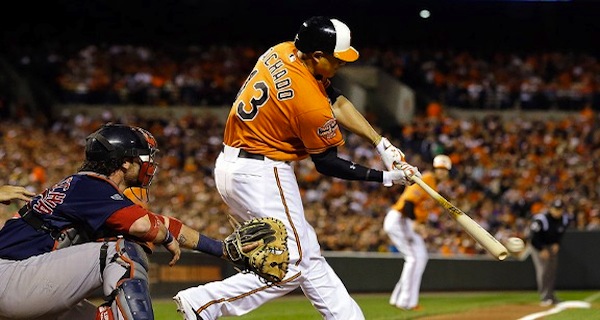2014 Fantasy Baseball: Wade Miley Is Getting Better
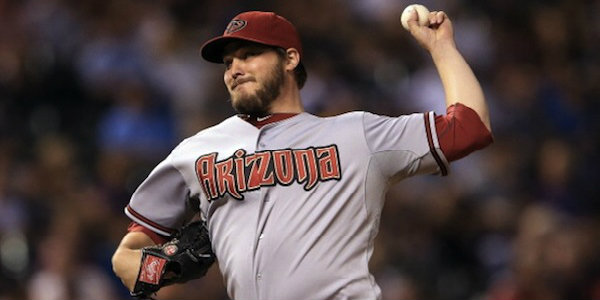
Wade Miley dug himself quite a hole in April, posting a 5.36 ERA and allowing opposing batters to post a .349 wOBA against him. Pitching that poorly in April assures two things: either your line will never look good or you’ll have to pitch really, really well the rest of the season to have a decent line. It’s difficult to have a good season after spending 42 innings allowing that many runs. Miley’s done the latter, for the most part.
Since May 4 (Miley’s first May start), Miley has posted a 3.65 ERA (3.61 FIP; 3.25 xFIP) in a little over 103 innings. Perhaps more importantly, Miley’s strikeout rate has been well over his career high during this stretch. He’s struck out 22% of the batter he’s faced in that frame, walking only 6.7%; his career numbers are 18.3% and 6.8%, respectively. Maybe best of all, these extra strikeouts haven’t come from nowhere, they’re backed up by his swinging strike percentage.
[am4show have=’p3;p4;p7;p11;’ guest_error=’Front Office’ user_error=’Front Office’ ]
Miley has never missed that many bats. Over his first three years in the majors, he posted the following swinging strike rates: 7.8%, 8.5%, 7.9%. In 2014, he’s sitting at 9.9% for the season. That may not seem like a huge difference, but a the difference between a 10% swinging strike percentage and an 8% one is essentially being Scott Kazmir or Tim Lincecum as opposed to being Wily Peralta or Kyle Lohse. The difference is sort of staggering when you think about it that way, from an empty swings perspective at least.
When sudden changes happen, I believe the best way to figure out what’s happened is to look at a pitcher’s components on their own. It strips away sequencing, which is extremely important, but it’s good enough to give us an idea of what’s going on.
According to FanGraphs’ pitch f/x data, Miley didn’t begin throwing his slider until 2013. His usage has changed throughout his career, but this year, he’s completely scrapped his curveball, opting to use his slider 25% of the time, up from 15% last season. It’s easy to see why he’s done it, the pitch generates a great deal of swings and misses. It also generates groundballs at a 58% clip. His change-up’s swinging strike rate has also improved this year, but he’s used it less than he has in the past. Perhaps that’s a good thing, because right handed batters – the only batters he throws it against – have teed off on it, slugging .726 versus it.
Throughout his short career, Miley has been hit harder by right handed batters, as expected. His slider has become his best weapon versus those batters, which is weird considering most sliders have a natural platoon split; but Miley has made it work. And he’s made it work thanks to his ability to command it.
Miley’s done nothing but bury the pitch down and in all season. Hitters see it out of his hand and think: “Yep, it’s gonna be right over the inside part of the plate.” Only it doesn’t work out that way; the pitch continues moving, sharply breaking down and in and ending up near their back foot, becoming nearly impossible to do anything with.
When Miley locates his slider down and in, right handed batters haven’t done anything with it, even if they have put it in play.
Miley’s slider has helped him turn a terrible start into a solid year and gives him much more fantasy upside for the future. Unfortunately, he still calls Arizona home. And his largest issue is home runs, which he surrenders at a much higher rate than league average.
Using home/road splits can be iffy, because things aren’t that simple, but I’m a little more comfortable using splits for pitchers than hitters. For his career, Miley has a 13% HR/FB rate pitching at Chase Field; it’s 10% on the road. Once again, might not seem like a huge difference, but think about it this way: at home 13 of every 100 fly balls leaves the yard; on the road only 10 result in round trippers. It’s not hard to see why his ERA and FIP are worse when he takes the mound at Chase Field. There isn’t anything we can do about it, though, except for maybe not starting him against good offenses at home.
Miley’s potential has increased this season. But that potential is capped a little lower as long as he’s pitching for Arizona. Who knows what the future holds, but Miley might benefit from a change of scenery trade. I have no idea what the Arizona front office thinks about him, but he’s a little more interesting now thanks to an increase in strikeouts that should boost his value even further if he’s able to suppress home runs just a little better going forward.
[/am4show]


